Origins and Early Years (1964-1983)
Avondale Mall, originally known as Columbia Mall, opened in 1964 near Decatur, Georgia. Developed by Macy's, Inc., the mall covered 400,000 square feet and stood at the intersection of Columbia Drive and Memorial Drive.
At the time, it was Atlanta's second-largest shopping center, featuring a mix of indoor and outdoor retail spaces.
The mall's anchor tenants were Davison's and Sears, two of the major department stores of the era. Columbia Mall quickly became a hub for regional shopping, attracting customers with its modern amenities and a wide array of stores.
The developer, Macy's, Inc., designed the mall with two floors of retail space, positioning it as a premier shopping destination in the growing suburbs of Atlanta.
The mall maintained strong foot traffic throughout the late 1960s and 1970s. Shoppers could find a variety of retail outlets, from fashion and accessories to home goods and dining.
The mall's mix of shops and convenient location played a critical role in its popularity. However, the success of nearby competition in the late 1970s began to put pressure on the mall's sales performance.
By the early 1980s, the retail landscape in Atlanta started to shift. As newer malls opened in more affluent areas, Columbia Mall faced challenges in maintaining its customer base.
In 1983, Cadillac Fairview and Scott Hudgens Co. purchased the mall and announced plans for extensive renovations.
This acquisition marked the beginning of efforts to rebrand the space as Avondale Mall, setting the stage for changes in the coming years.
Things to do in Decatur, GA, during this period often included visits to Columbia Mall, a key commercial center for the community until its gradual decline began in the mid-1980s.
Renovations and Rebranding (1983-1990)
In 1983, new owners bought Columbia Mall and announced plans to revitalize it. They renamed it Avondale Mall and began renovations aimed at updating the mall's image.
The changes were necessary after Sears closed its doors in 1984, leaving a large space that needed reconfiguring. The new owners divided the former Sears into smaller retail units, trying to attract a variety of tenants.
They expanded the mall's footprint, incorporating both levels of the old Sears building. One of the new tenants was a Sears Outlet store, while McCrory's opened a store that anchored the rebranded space.
The rebranding effort included updates to the interior design and layout to draw more foot traffic. In the new Avondale Mall, Davidson's closed its store and became Macy's, which continued operating even as it gradually transitioned into a clearance store by the early 1990s.
The developers hoped these efforts would help Avondale Mall keep pace with competing shopping centers in the area. However, despite the facelift, they struggled to reverse the mall's declining trajectory.
The increased competition from newer malls like North DeKalb Mall and Stonecrest Mall made it hard for Avondale to regain its earlier popularity. By 1990, even with the renovations, the mall was clearly showing signs of the retail trends that would challenge its future viability.
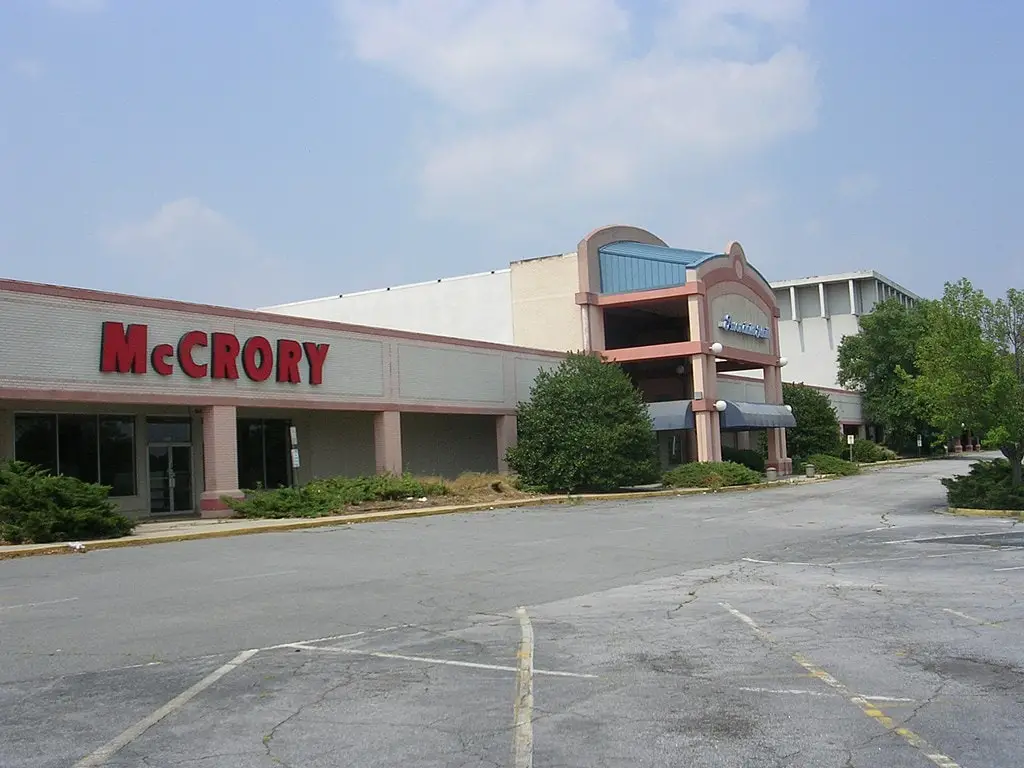
Decline in the 1990s (1991-2001)
The 1990s marked a tough period for Avondale Mall. In 1995, Macy's closed its clearance store, leaving the property without a strong anchor tenant.
The space above the now-empty Macy's was converted into a 16-screen movie theater in an attempt to draw visitors back. However, the mall's vacancy rate grew as smaller stores also shuttered their operations.
Even with the addition of the theater, the retail mix lacked the energy needed to compete with larger, more modern shopping centers.
The movie theater temporarily improved traffic, but it couldn't stop the mall's ongoing decline. By the late 1990s, more stores had closed than opened, leaving large sections of the property empty. Attempts to lease space to discount retailers and pop-up stores didn't offer long-term solutions.
Foot traffic continued to dwindle as surrounding neighborhoods saw economic shifts and demographic changes. The mall's outdated design and dwindling number of stores no longer appealed to shoppers.
By 2001, Avondale Mall could no longer sustain itself. The few remaining tenants left or relocated, and the management decided to close the property for good at the end of that year.
The mall's decline reflected the broader challenges of aging retail spaces across the United States as shopping preferences evolved.
Demolition and Redevelopment (2007-2008)
By 2007, the days of Avondale Mall were numbered. Demolition started in February that year, and by March 21, the last remnants of the old Sears building came down.
The property had been vacant since 2001, so tearing it down made way for new development. Walmart moved quickly to fill the space, opening a Supercenter in March 2008.
This redevelopment included additional retail space and plans for condominiums, although these met resistance from nearby Avondale Estates residents.
The opening of Walmart marked the final chapter of what had once been a bustling retail hub. The redevelopment faced community pushback, particularly from those who worried about how a big-box retailer might affect the local area.
Despite the opposition, the Walmart opened as planned, and the site shifted from being a decaying, empty structure to a fully operational commercial center.
The presence of Walmart drew new businesses to the area, but the location's character had changed permanently from the mid-20th century.
Cultural Impact and Media Presence
Avondale Mall is a part of Atlanta's pop culture. In the mid-1980s, it became a filming location for the Chuck Norris action film Invasion USA. Several intense scenes were shot at the mall, including the iconic moment when a truck crashes through the main entrance.
The filmmakers also used the mall's interior, shooting action sequences near Davison's end and inside the old Sears building. These scenes made the mall recognizable to movie fans, even if only briefly.
Being featured in a film gave Avondale Mall some lasting recognition in a way that few other malls from that era enjoyed. The use of real locations, rather than sets, made the film's action feel grounded, and Avondale Mall provided the perfect backdrop for these scenes.
While the mall struggled in real life, its appearance on screen cemented a small place in 1980s pop culture. This brief brush with Hollywood didn't change the mall's declining fortunes, but it gave it some nostalgia-driven attention over the years.

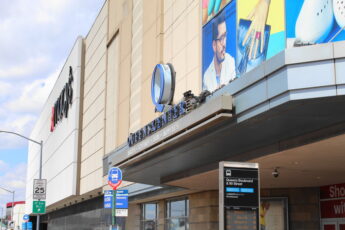
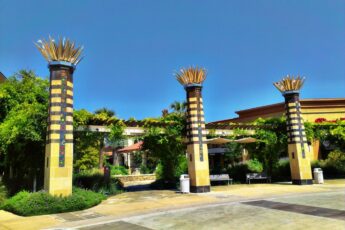

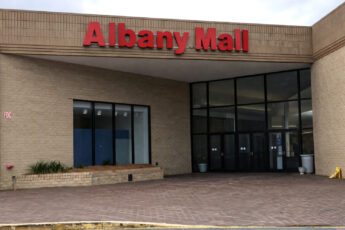
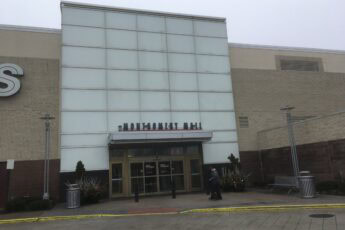


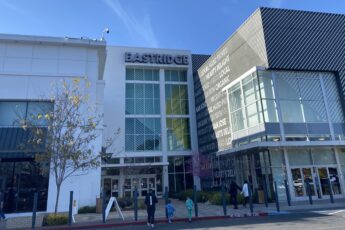
Lived in Avondale,went to Avondale High! Skateboarded down the hill as a kid in front of Macy’s 100’s of time! Almost fell into the hickory house restaurant across the street!
A lot of great memories
That sounds like such a fun childhood! Those kinds of memories stick with you forever. Thanks for sharing!
Grow up and went to AHS remember all the fun times
Thanks for the nostalgic comment! The good times always stick with us.